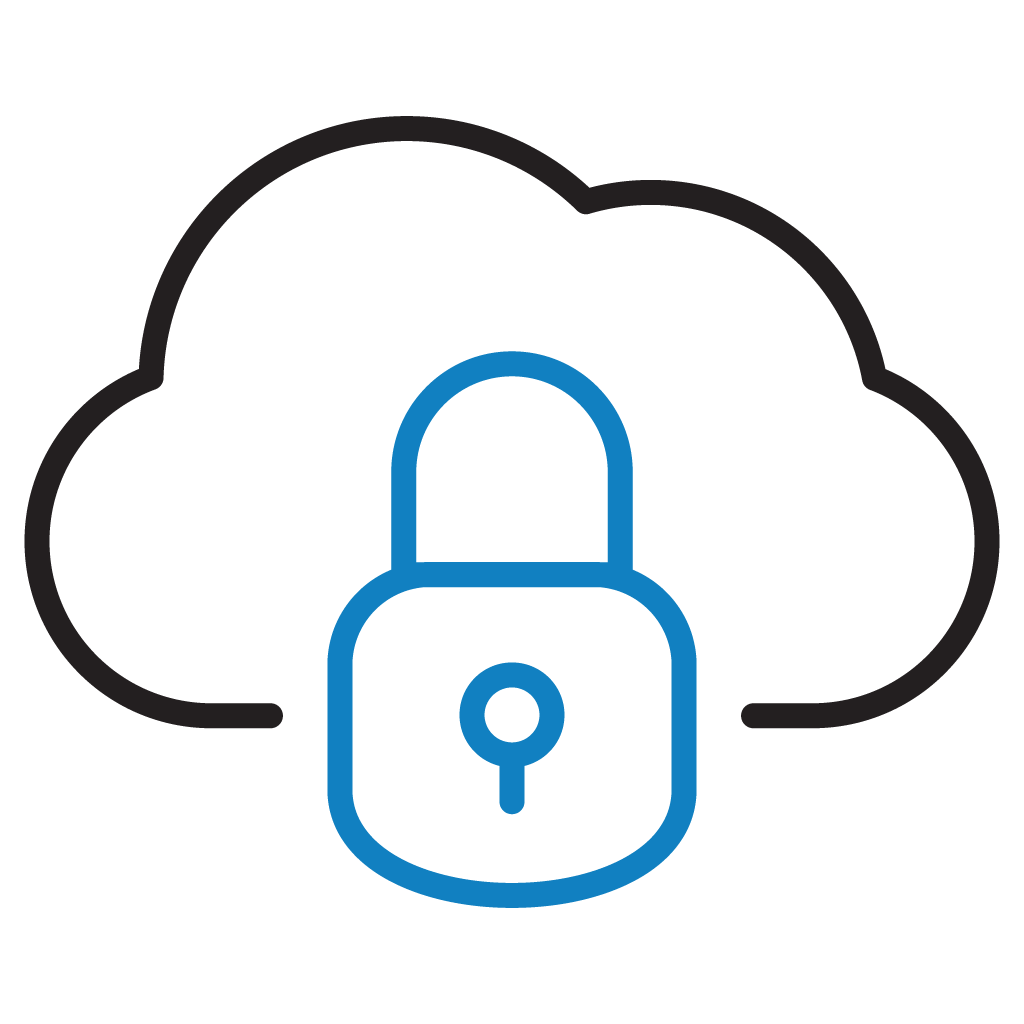As we step into 2025, the significance of cloud security has never been greater. More businesses and individuals are turning to cloud services to store data, run applications, and conduct everyday operations. The convenience, scalability, and cost-effectiveness that cloud platforms provide are unmatched. However, with this rapid shift to the cloud comes an increasing risk of cyber threats and data breaches. In this ever-evolving digital landscape, securing cloud infrastructures is a top priority. This article delves into the top cloud security solutions of 2025, offering insights into how businesses can protect their sensitive information and stay one step ahead of cybercriminals.
The Growing Importance of Cloud Security in 2025
Cloud services are now a cornerstone of modern business operations. From startups to multinational corporations, cloud adoption has skyrocketed. This widespread usage means that critical business data—whether financial records, customer information, or intellectual property—is often stored and processed in the cloud. While cloud providers invest heavily in security measures, the responsibility for securing cloud environments still lies with businesses. The rise in cyberattacks targeting cloud-based infrastructure has made cloud security an urgent priority for companies globally. Cybercriminals are becoming more sophisticated, employing new methods to exploit vulnerabilities. In 2025, businesses must think beyond basic protection and adopt advanced security strategies that can withstand these evolving threats.
The digital landscape is in constant flux, and as cloud technology continues to evolve, so do the tactics of malicious actors. With more devices connected, more applications running in the cloud, and more users accessing services remotely, the attack surface grows exponentially. As a result, cloud security strategies must evolve just as quickly, adapting to new threats while ensuring that sensitive data remains protected.
Key Cloud Security Solutions in 2025
As the cloud security landscape grows more complex, businesses need a robust set of solutions to safeguard their digital assets. These solutions combine a range of technologies, processes, and best practices to create secure cloud environments.
Artificial Intelligence, Machine Learning, and Automation
AI and machine learning are playing an increasingly significant role in cloud security. These technologies enable businesses to detect and respond to potential threats more effectively and efficiently than traditional methods. In 2025, AI-driven security tools can analyze vast amounts of data in real-time, identifying anomalies and suspicious activity that would otherwise go unnoticed. For example, AI can detect patterns in user behavior, flagging any deviations from normal activity that may signal an attack. Machine learning models can continuously learn from past incidents, improving their ability to predict and prevent future threats. Automation further enhances these systems by allowing for immediate response to security incidents, often without human intervention, minimizing response times and reducing the impact of attacks.
Zero-Trust Architecture
The concept of zero-trust security is gaining momentum in 2025. Zero-trust is based on the principle that no user or device, inside or outside the organization, should be trusted by default. This architecture assumes that threats could exist both inside and outside the network and mandates continuous verification. Every access request, whether from an employee, partner, or system, is authenticated, authorized, and encrypted before being allowed. This approach significantly reduces the risk of internal breaches and ensures that access to sensitive data is tightly controlled.
Encryption Technologies
Encryption is another vital layer of defense in cloud security. It protects sensitive data by converting it into a format that is unreadable without the proper decryption key. In 2025, encryption technologies have advanced to the point where businesses can encrypt data both at rest and in transit. Whether data is being stored in the cloud or transferred between systems, it can be encrypted to prevent unauthorized access. The use of end-to-end encryption is now a best practice, ensuring that only authorized parties can decrypt and view the data.
Multi-Factor Authentication (MFA)
Multi-factor authentication has become a critical tool in securing cloud environments. MFA requires users to provide multiple forms of identification before gaining access to systems or data. In addition to a password, users might need to confirm their identity via a fingerprint, facial recognition, or a one-time code sent to their mobile device. By adding this extra layer of protection, businesses make it far more difficult for attackers to gain unauthorized access, even if they have stolen a user’s password. In 2025, MFA is seen as a non-negotiable security measure for any business leveraging the cloud.
Practical Aspects of Implementing Cloud Security Solutions
While the solutions mentioned above are powerful, they must be implemented effectively to achieve optimal protection. Businesses need to address several core areas to build a secure cloud infrastructure.
Identity and Access Management (IAM)
One of the most critical components of cloud security is managing who has access to what. Identity and access management (IAM) solutions allow businesses to define and control user permissions, ensuring that only authorized individuals can access sensitive data or systems. IAM systems are particularly valuable in organizations with large numbers of employees or external collaborators. By enforcing strong authentication methods, businesses can prevent unauthorized users from gaining access to cloud resources.

Network Security
Network security is essential in any cloud infrastructure. Businesses must ensure that their cloud networks are protected from attacks such as DDoS (Distributed Denial of Service) and man-in-the-middle attacks. Firewalls, intrusion detection systems (IDS), and intrusion prevention systems (IPS) should be employed to monitor and defend against malicious traffic. A well-designed virtual private network (VPN) or secure tunneling protocol can also add an additional layer of protection, especially for remote workers.
Compliance and Regulatory Considerations
In 2025, businesses must also remain compliant with an ever-growing list of regulations governing data security. Laws like the General Data Protection Regulation (GDPR), the Health Insurance Portability and Accountability Act (HIPAA), and SOC 2 are just a few examples of standards that mandate businesses to maintain certain levels of security. Cloud providers typically offer some level of compliance, but businesses are responsible for ensuring that their use of cloud services aligns with legal and regulatory requirements.
The Future of Cloud Security
Looking ahead, the future of cloud security is exciting and filled with potential. Emerging technologies like blockchain and next-gen AI-driven security tools are poised to reshape how we approach cloud protection. Blockchain, with its decentralized and immutable nature, could provide an added layer of security for cloud data by ensuring that transactions and access logs are tamper-proof. Meanwhile, AI will continue to evolve, providing even more sophisticated and proactive solutions for threat detection and mitigation.
Cloud security will also become more adaptive and scalable. As businesses increasingly rely on hybrid and multi-cloud environments, security solutions must be flexible enough to cover a diverse range of platforms and services. In the future, security tools will need to seamlessly integrate across multiple cloud providers, ensuring that businesses can maintain consistent security standards regardless of where their data resides.
Conclusion
Cloud security in 2025 is about much more than just implementing a set of technologies; it’s about creating a comprehensive and adaptive security strategy that evolves with emerging threats and technologies. The rise of AI, machine learning, and blockchain will continue to shape the future of cloud protection, but businesses must also ensure they have the right processes in place, including strong IAM, robust encryption, and ongoing compliance with regulations. As cyber threats continue to grow more sophisticated, staying ahead of the curve and investing in top-tier security solutions is essential to safeguarding sensitive data and maintaining the integrity of your cloud infrastructure. As we move further into 2025, cloud security will remain a cornerstone of digital business operations, and companies must remain vigilant to ensure their data and operations stay secure.
releated:Affordable Home Security Solutions That Don’t Compromise Quality

